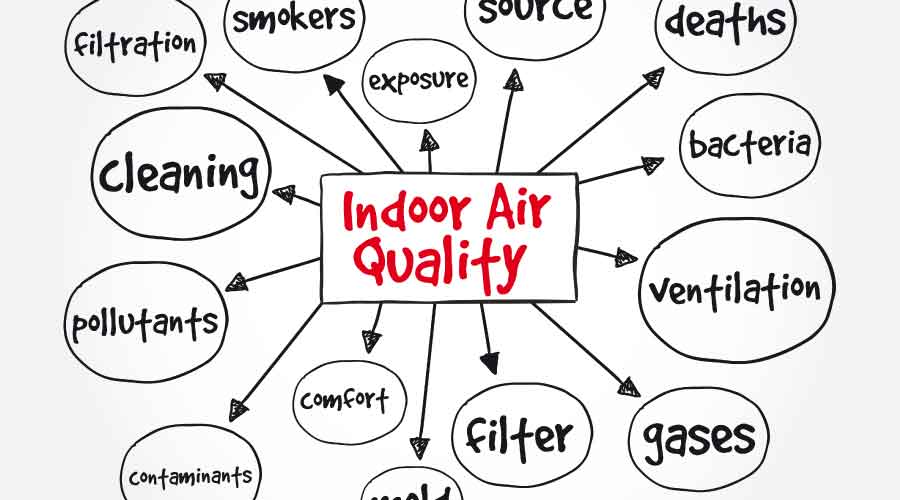
Lower CFC Use Helping Restore Ozone Layer
The weakened ozone layer that protects life on Earth is on track to be restored to full strength within decades. January 27, 2023
By Dan Hounsell, Senior Editor
For decades, institutional and commercial facilities struggled to move on from ozone-depleting refrigerants that their facilities chillers had relied on in keeping occupants and visitors cool and comfortable. Now, it looks as though those efforts have paid off.
The weakened ozone layer that protects life on Earth is on track to be restored to full strength within decades, according to The New York Times. The news is the latest success in a global effort by nations to stop using chemicals that had been destroying the critical layer in the upper atmosphere. In a report for the United Nations, scientists said that China had largely eliminated rogue emissions of one of those chemicals, known as CFC-11.
CFC-11 was once widely used as a refrigerant and in foam insulation. Along with similar chemicals, collectively called chlorofluorocarbons (CFCs), CFC-11 destroys ozone, which blocks ultraviolet radiation from the sun. CFCs were banned under the 1989 Montreal Protocol.
If countries continue to maintain the bans on CFCs and other chemicals, ozone levels between the polar regions should reach pre-1980 levels by 2040. Ozone holes should also recover by 2045 in the Arctic and about 2066 in Antarctica.
Dan Hounsell is senior editor of the facilities market. He has more than 25 years of experience writing about facilities maintenance, engineering and management.
Next
Read next on FacilitiesNet












